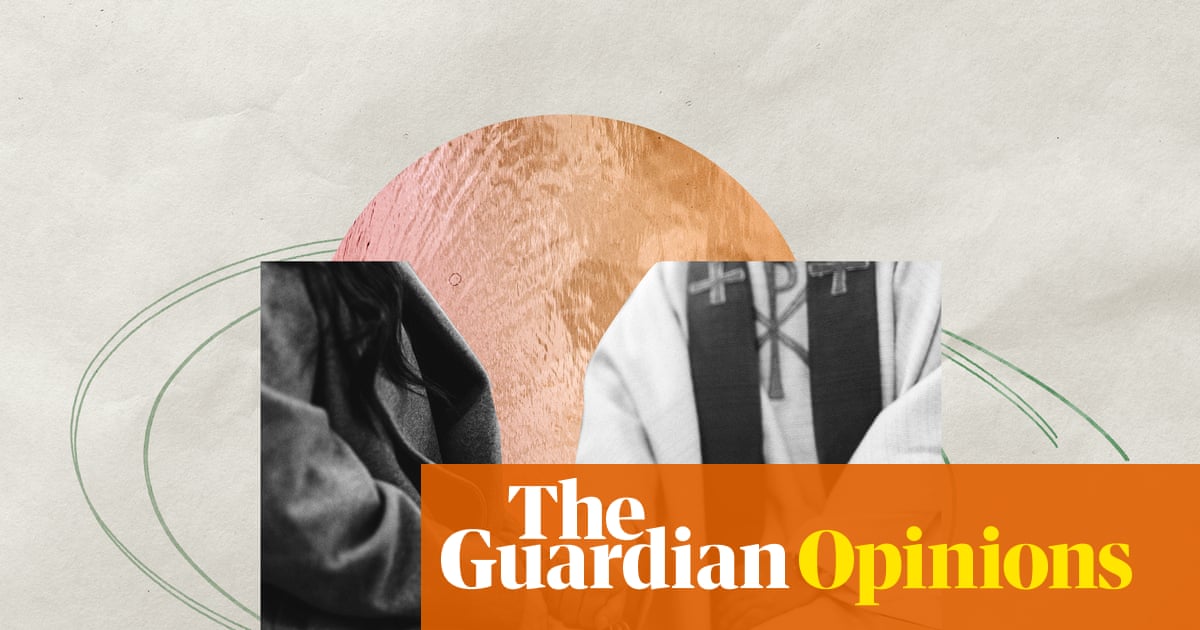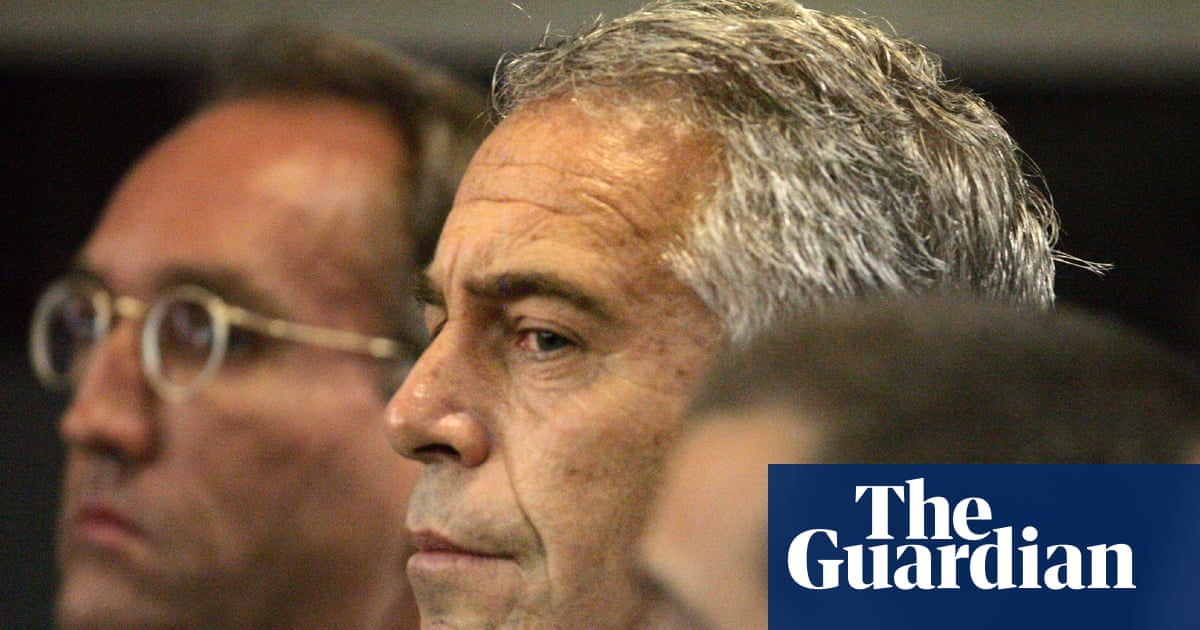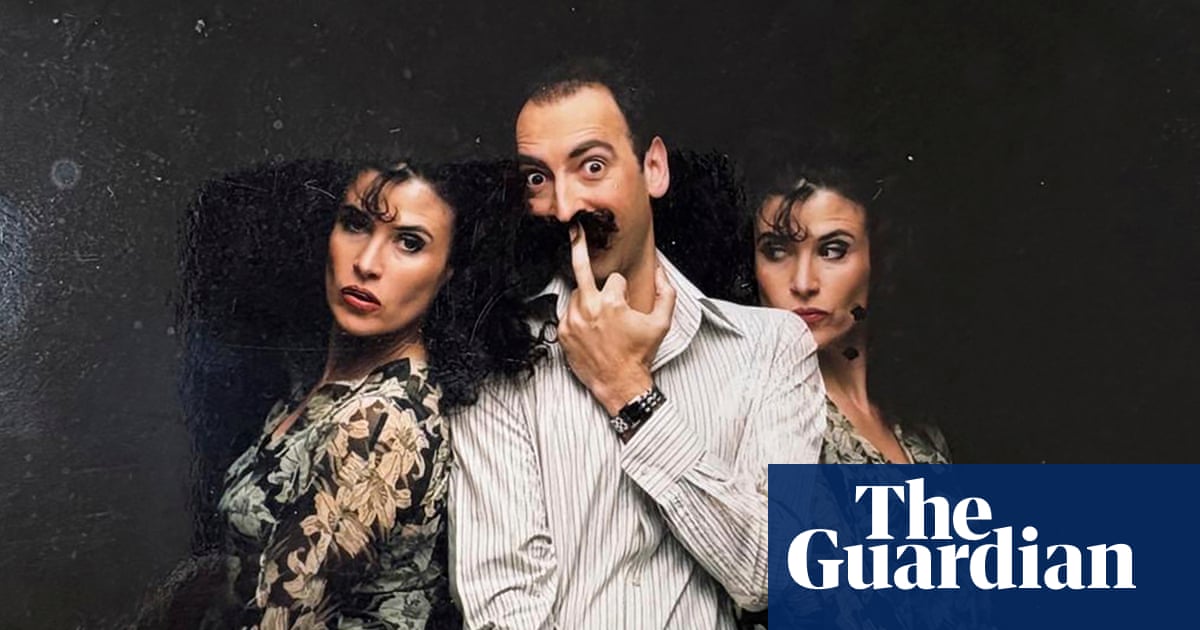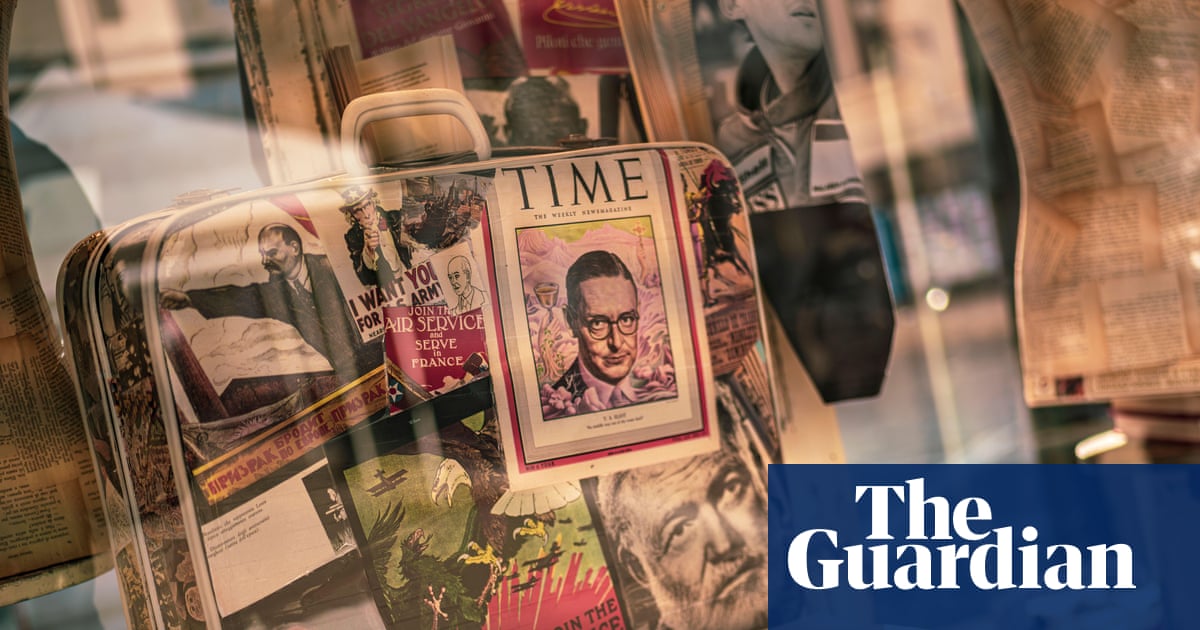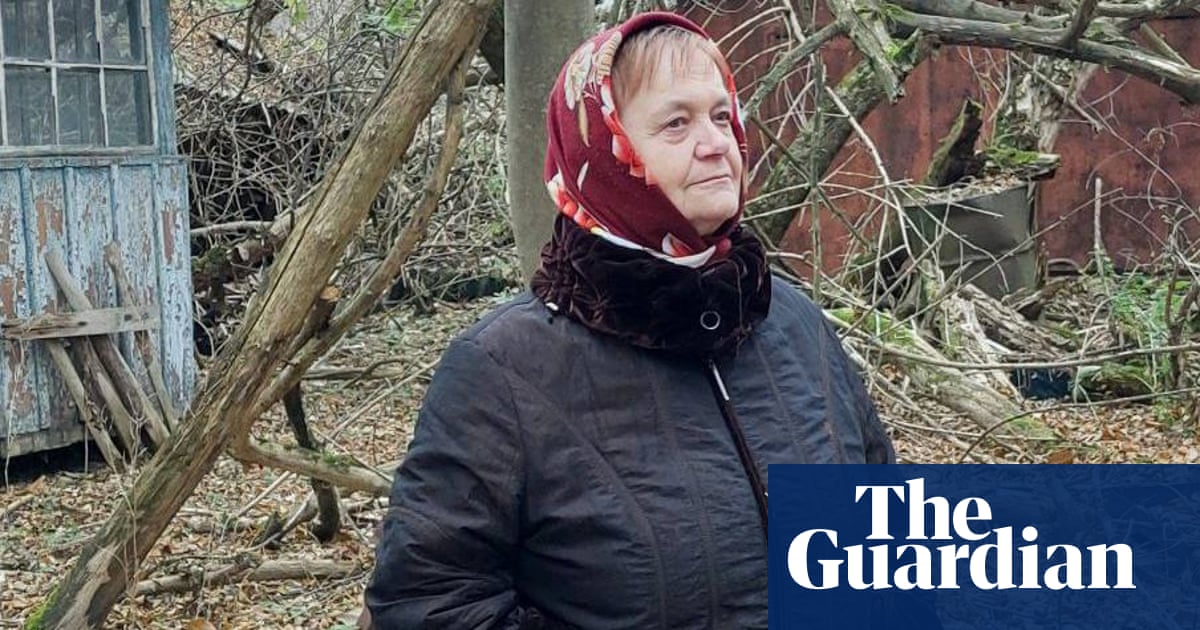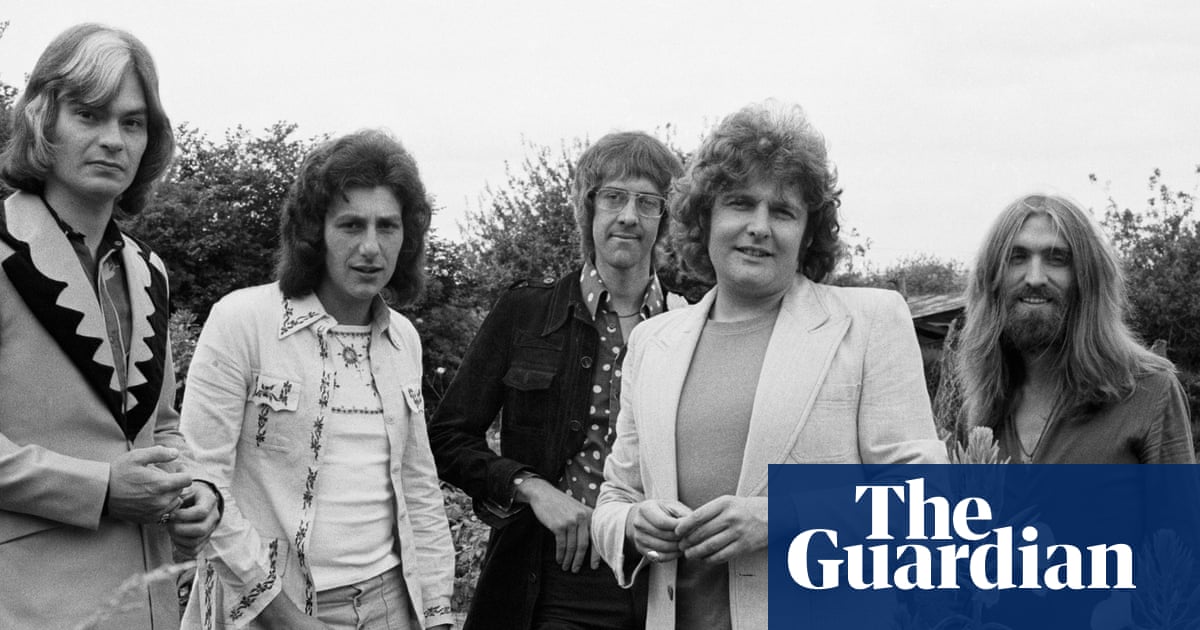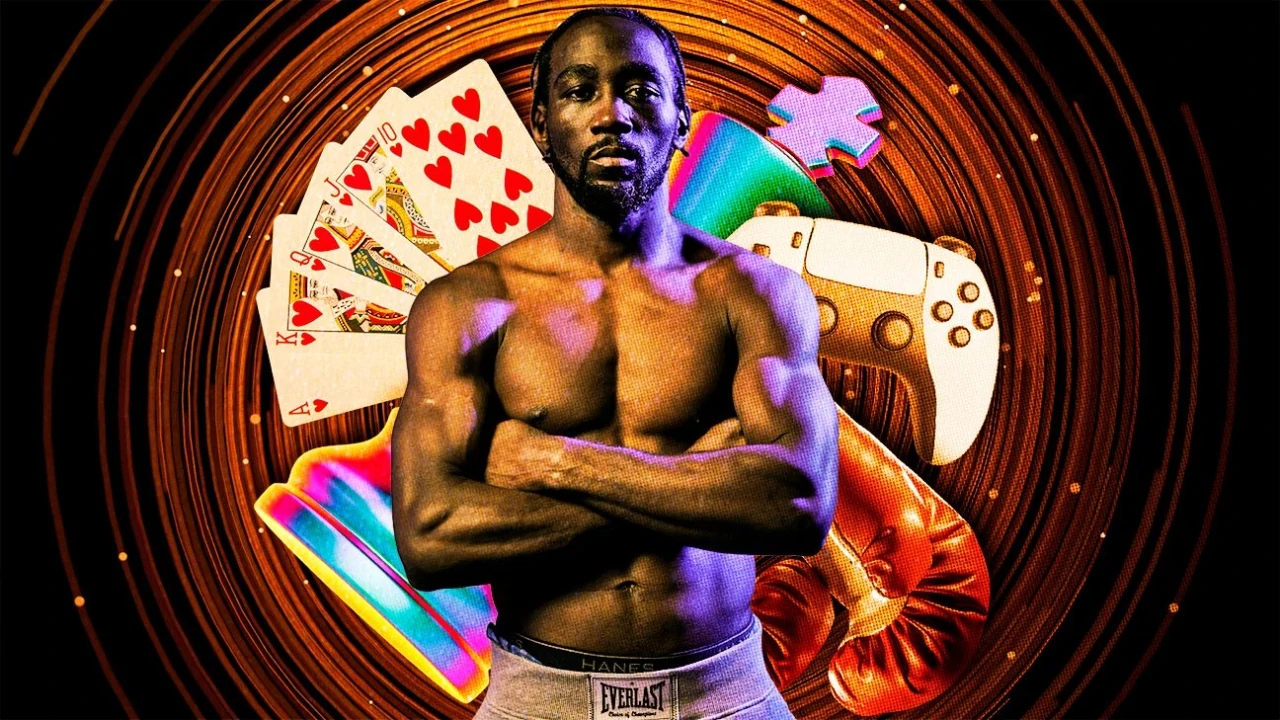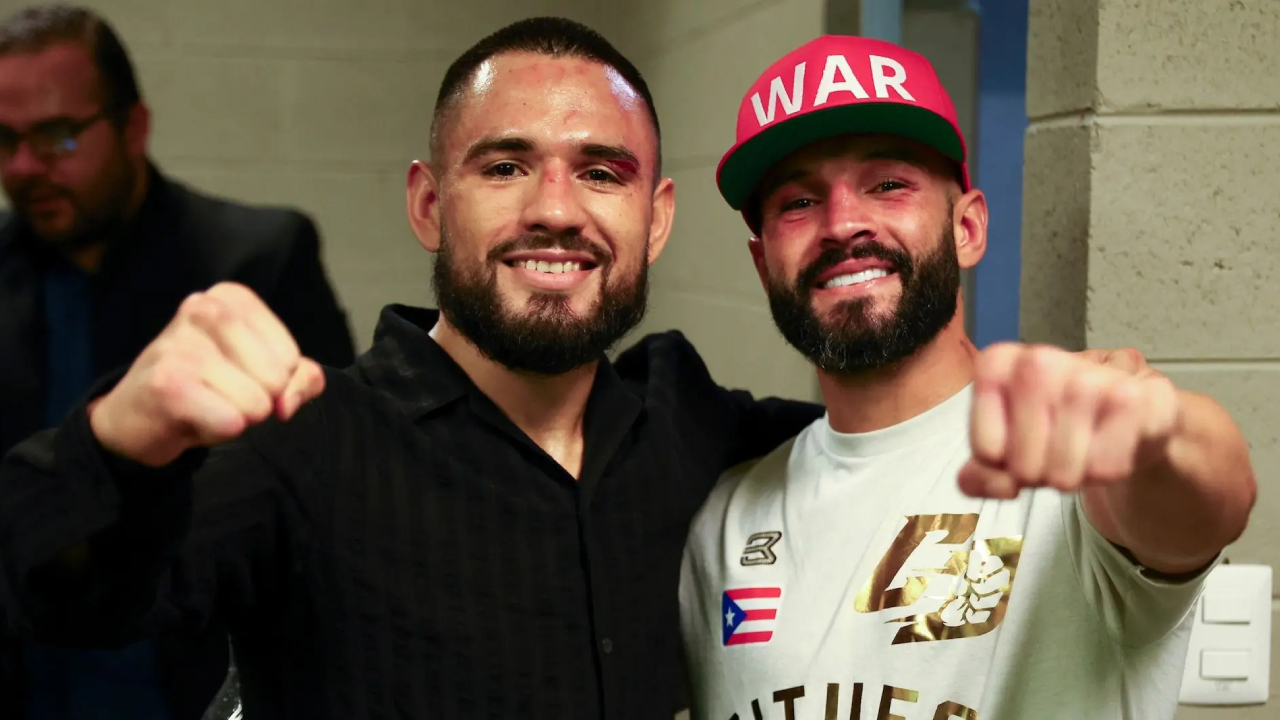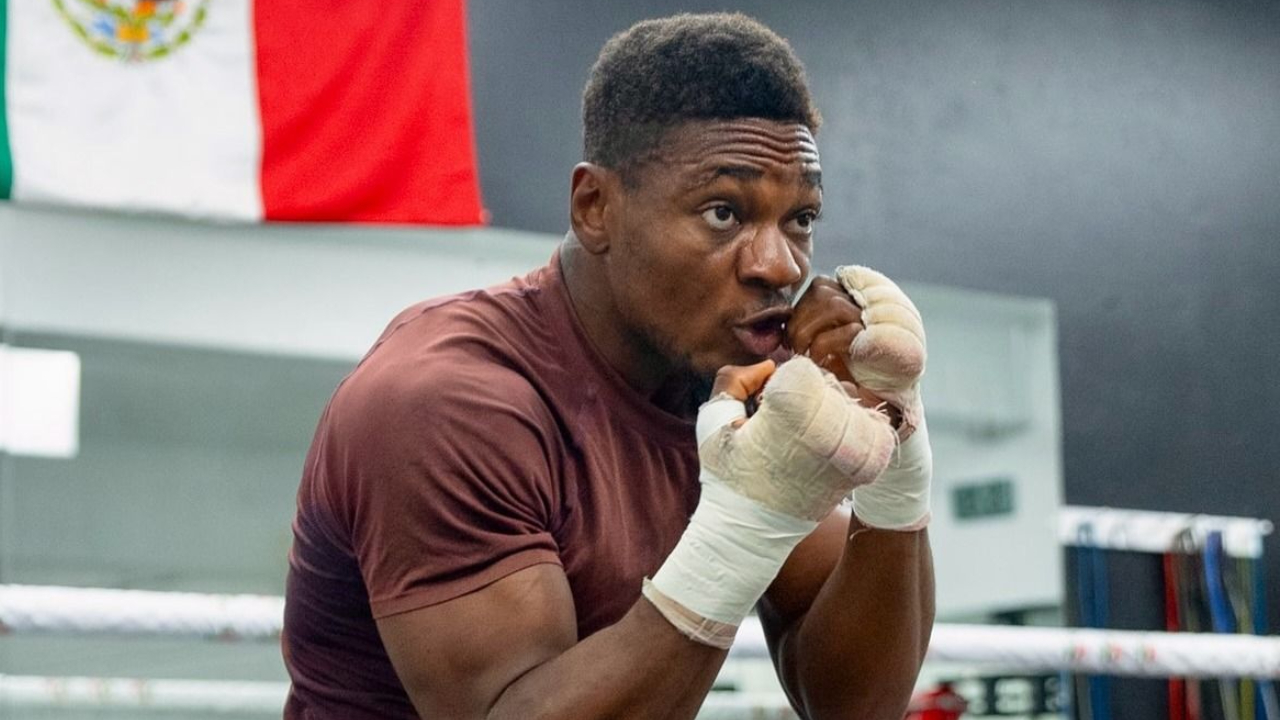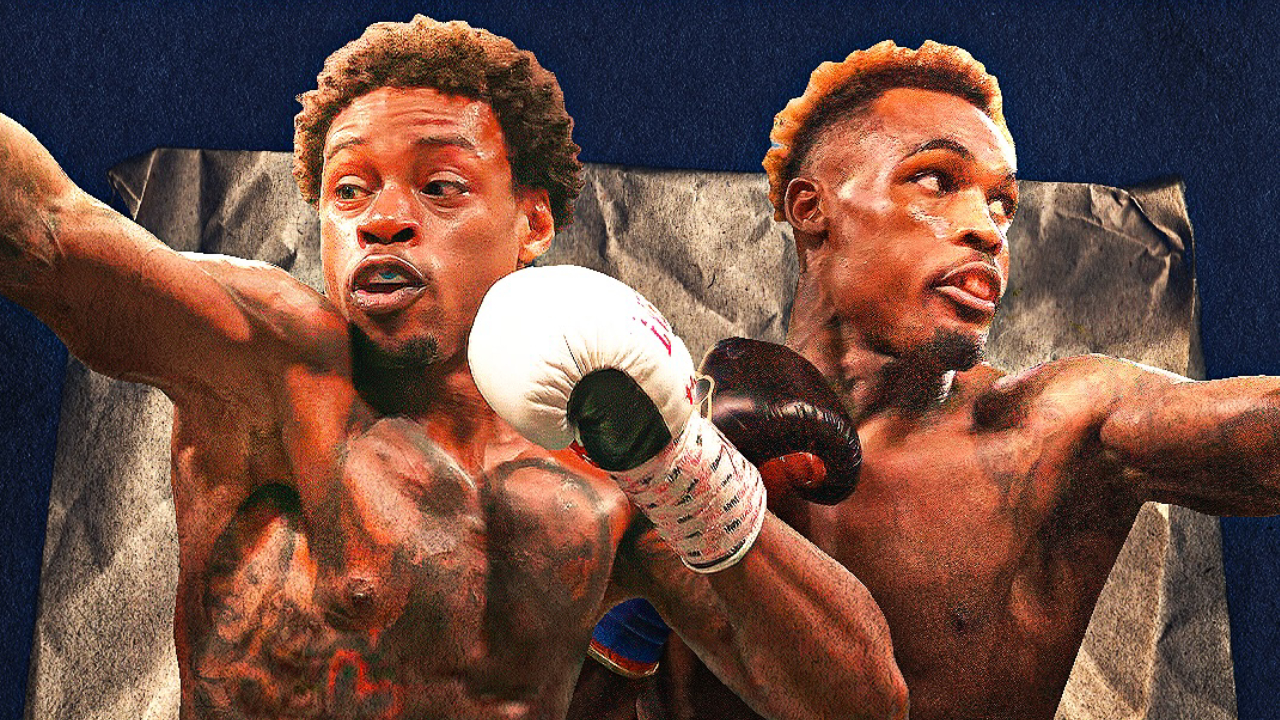In 2015, I decided to write a novel about Dr Hans Asperger, who worked at the University Children’s Hospital in Vienna during the second world war. My interest was sparked by two nonfiction books: NeuroTribes: The Legacy of Autism and How to Think Smarter About People Who Think Differently by Steve Silberman and In a Different Key: The Story of Autism by John Donvan and Caren Zucker.
Reading these stories told about Asperger, you would have thought they were talking about two different people. To Silberman, Asperger was a compassionate and original thinker, whereas Donvan and Zucker depict him as an enthusiastic supporter of Hitler. For a historical novelist, widely differing accounts of the same person are gold dust, and I began to dig deeper.
Asperger became famous as the result of a thesis he wrote during the second world war that contains a description of what we now categorise as autism spectrum disorder (ASD). His work was lost for decades but in 1980 it was rediscovered by British psychiatrist Dr Lorna Wing. Asperger was posthumously claimed as “the father of neurodiversity”. As I read about the work that he and his colleagues were engaged in at the Vienna children’s hospital, it was clear that their thinking was years ahead of its time and remains relevant today.
Questions were being asked about where the line falls between disease and difference. Diagnosis was rejected because each child was genuinely seen as unique. Everything depended on finding the right educational approach and providing “the best sovereign care”.
At the heart of this work were the words of Asperger’s predecessor Erwin Lazar: “What gift is the child offering us?” All of this sounded so caring and empathetic. It couldn’t be true that Asperger was a Nazi collaborator? I set out for Austria to meet Prof Herwig Czech of the University of Vienna, who has spent years researching Austria’s involvement in the medical crimes of the Third Reich. When we met, he was about to publish a paper proving that Asperger had signed paperwork that transferred children to the notorious Am Spiegelgrund (the children’s ward of the Am Steinhof psychiatric hospital where many were murdered) and that he must have known that this was effectively a death warrant.
This was in the early days of social media pile-ons, and the online response to Czech’s paper was frenzied. Keyboard warriors swamped the internet with righteous assurances that they would never have supported the Nazis. None of these people seemed to have read Czech’s measured paper, which actually clears Asperger of some of the other accusations against him. The messages were so simplistic and vicious that I wanted to walk away.

What Asperger did is beyond defence. But why did so few want to consider the context? This was heavyweight history: controversial, recent. But I knew I had to continue because I needed to tell the stories of the many who were not heroes. “To know all is to forgive all” – but understanding and forgiveness can be decoupled. When I was growing up in England, simplistic second world war narratives were bolstered by endless films. We were the good guys, we won. Victors’ justice obliterated nuance. But millions across continental Europe were bystanders or active collaborators. Collaboration is not an aberration; it’s the resisters who are exceptional.
I had already read plenty of nonfiction books demonstrating that the they-didn’t-know defence does not hold up. So if people knew, why did they not act? I began to feel that the novel form is actually uniquely able to get beyond the binaries of nonfiction and mine those seams of human nature that we would rather ignore.
I knew that my novel would be told in the first person and the present tense. I needed a narrator who was peripheral but close to events, able to see and not see. When I read that Asperger had a patient obsessed by collecting 1,000 matchboxes, I knew I had found that all-important back door into the story. My eponymous matchbox collector is the fictional 12-year-old Adelheid Brunner, whose account of events at the children’s hospital is sometimes deadly accurate but more often wildly unreliable – not because she has any particular condition but because she is human.
after newsletter promotion
Finally, it was the stories of Asperger’s colleagues that enabled me to illuminate the complexities of those times. In particular, I wanted to celebrate Dr Josef Feldner. One of Asperger’s colleagues, he hid a young Jewish man in plain sight, merely describing him as “my nephew”. Asperger knew the true identity of the “nephew” but kept silent.
So, was Asperger a criminal or a meticulous chronicler of brilliant and original ideas? The answer, of course, is that he was both. We have told ourselves enough stories that serve only to reassure us that we are essentially good. The work of the novel now is to remind us of our shared darkness as well as our light and to challenge us to find humility when considering those who have been forced to take decisions that – at least for the moment – most of us will never have to make.
The Matchbox Girl by Alice Jolly is published by Bloomsbury.

.png) 3 hours ago
4
3 hours ago
4






